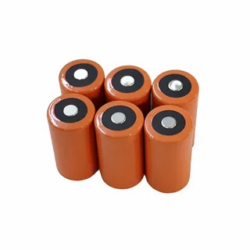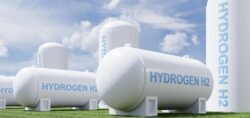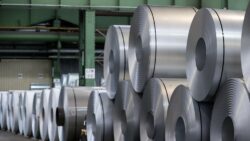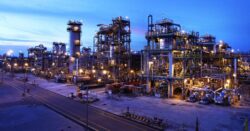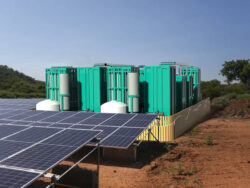Concrete Pumps: An Effective Solution for Large Construction Projects
Concrete Construction Requirements
Large construction projects such as building structures, highways, bridges etc require moving a huge volume of concrete from mixing plants to the project sites within a limited time frame. Conventional concrete transportation methods using buckets, wheelbarrows etc have limitations in handling high volumes of concrete efficiently. Concrete pumps help overcome these limitations by pumping concrete horizontally and vertically through flexible hoses over long distances with precision.
Advantages of Concrete Pumps
Continuous Pouring: Concrete pumps allow uninterrupted flow of concrete from mixer trucks directly to the pouring location through hoses. This continuous pumping process significantly improves productivity compared to intermittent bucket filling. Precise Placement: Concrete pumps can accurately place concrete within tolerances of less than an inch vertically and horizontally. This precision is critical for complex construction works. Labor Savings: Concrete pumps reduce labor requirements for moving concrete as a single operator can control the pumping process. This results in lower labor costs. No Segregation: Pumping concrete through hoses prevents concrete from segregating which often happens during transportation using conventional methods due to vibration. High Rise Structures: Concrete pumps are essential for high rise building construction to pump concrete over greater heights exceeding the capability of manual methods. Speed of Construction: By facilitating uninterrupted high volume concrete placement, pumps can accelerate construction schedules and help complete projects faster.
Equipment Options
Stationary Pumps: Stationary concrete pumps are mounted on a trailer or skid and do not move during operation. They are suitable for construction sites within the pumps’ maximum reach of 100-300 feet. Truck Mounted Pumps: Also known as boom pumps, these pumps are mounted on transit mixers or other trucks with a telescopic boom arm. They offer greater mobility within sites. Specialized Pumps: Include hydraulic and self-erecting towers for very high rise projects requiring reaches up to 1000 feet, underground slurry pumps etc. Pump Sizes: Vary from small 25 cubic meters/hour capacities to huge 180 cubic meters/hour pumps depending on project requirements.
Applications
High Rise Buildings: Concrete pumps play a vital role in constructing super tall skyscrapers with placements high above ground level. Dams and Bridges: Construction of large civil structures like dams, bridges, overpasses require efficient pumping over long distances. Tunnels and Underground Works: Specialized pumps are used for intricate underground construction works like pumping concrete slurry for tunnel boring machines. Precast Segment Production: Stationary pumps are widely adopted in precast concrete plants for high productivity. Industrial Facilities: Oil rigs, power plants, manufacturing plants use concrete pumps for massive foundation works. Highways and Roads: Paving highways and large road surface areas needs flexible pumping solutions. In recent years, adoption of concrete pumps has grown significantly across the construction industry due to advantages like higher productivity, precision, speed and safety over manual methods. As infrastructure development accelerates globally, concrete pumps will continue playing a vital role in realizing ambitious mega construction projects of the future.
Get more insights on, Concrete Pumps
Get This Report in English Language: Concrete Pumps
About Author:
Ravina Pandya, Content Writer, has a strong foothold in the market research industry. She specializes in writing well-researched articles from different industries, including food and beverages, information and technology, healthcare, chemical and materials, etc. (https://www.linkedin.com/in/ravina-pandya-1a3984191)
























